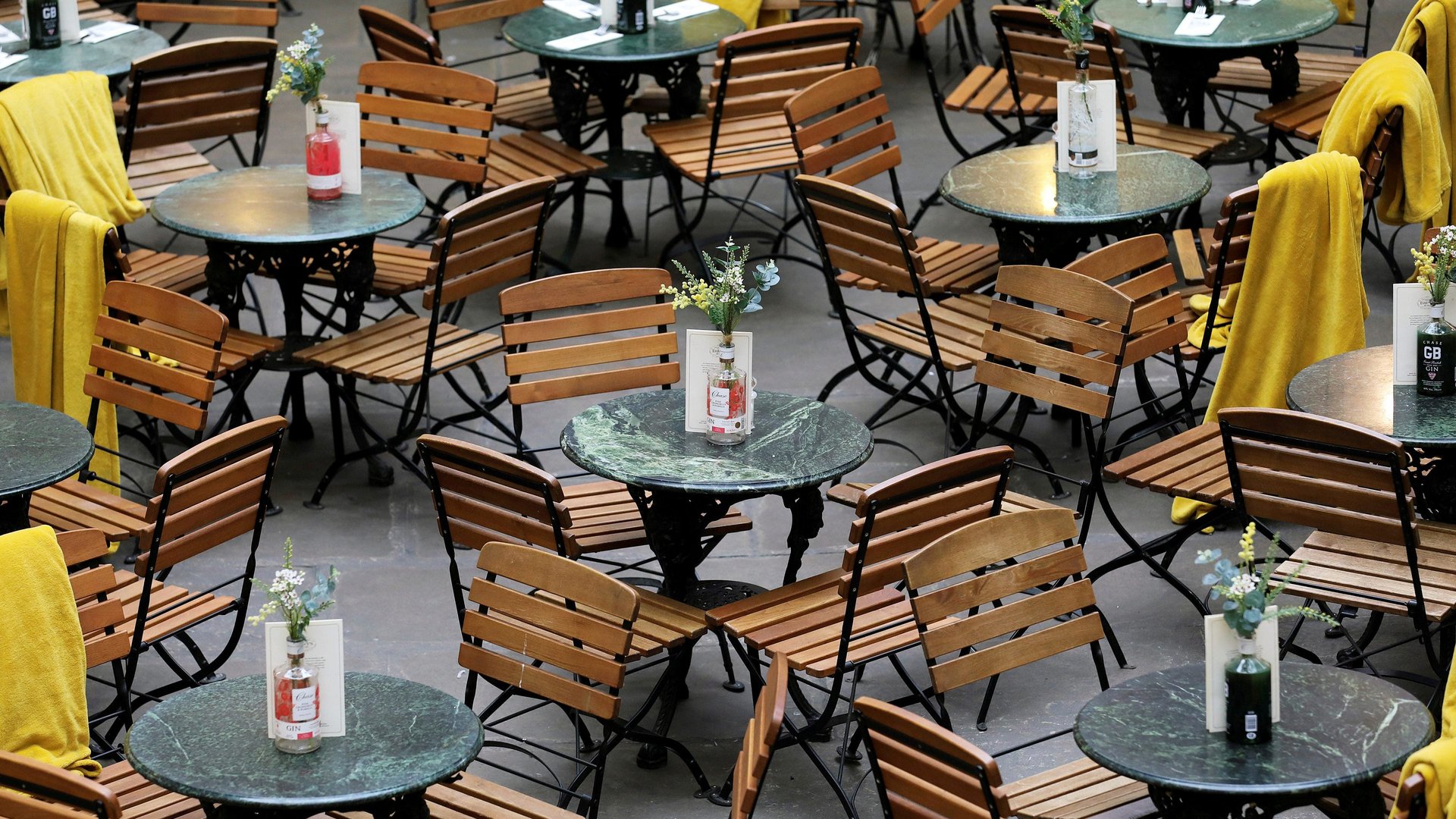Spending is back to normal for poor Americans—but not for rich ones
Spending among poor Americans is just about back to pre-pandemic levels. After falling by more than 25% in late March and April, weekly purchases by poor Americans in July almost rebounded to where they were in January. This is according to credit and debit card transaction information analyzed by Opportunity Insights, a policy institute based at Harvard University.


Spending among poor Americans is just about back to pre-pandemic levels. After falling by more than 25% in late March and April, weekly purchases by poor Americans in July almost rebounded to where they were in January. This is according to credit and debit card transaction information analyzed by Opportunity Insights, a policy institute based at Harvard University.
Research shows that when low-earning families lose income, they do substantially decrease how much they buy. So it’s not that poor Americans are going into credit card debt to keep up their spending. Rather, economists have found that the US government’s stimulus payments and enhanced unemployment insurance have kept many low-income families afloat.
In contrast, high-income spending is still well below typical levels. After falling by 35% in early March, purchases have increased, but are still 10% lower than at the start of the year. High-income expenditures can’t fully rebound because many of the places where the rich spend are not open. Overall restaurant and bar spending is still down 32% from January, and entertainment and recreation spending decreased 48%. There is only so much the rich can spend on groceries, which is up 10%, and the only major spending category that has increased.
This story is part of a new series we’re trying, “The Thing,” in which we examine what a single chart can tell us about the global economy.